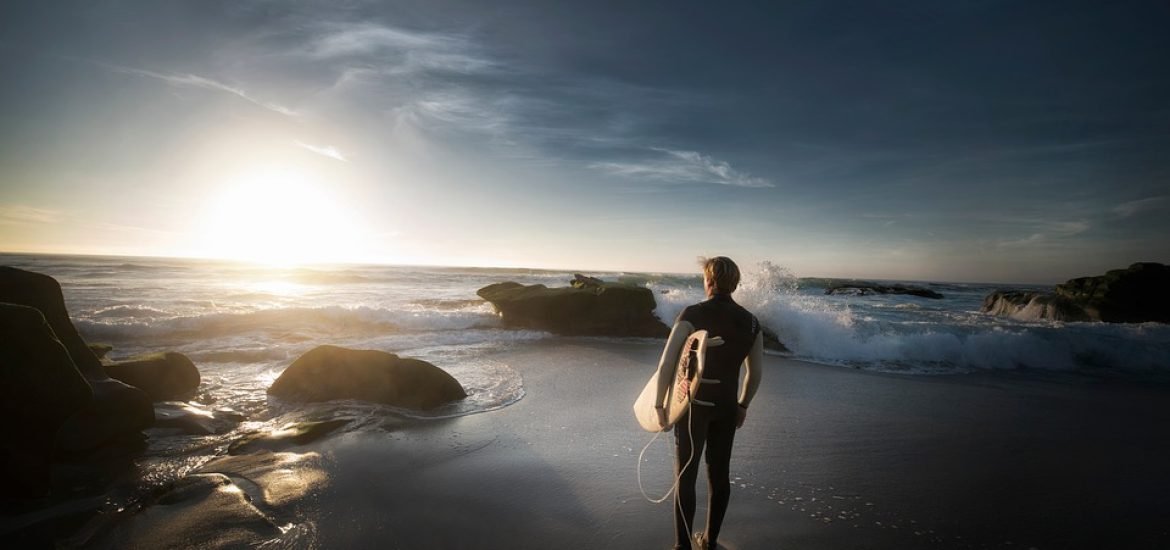
Seawater samples collected from a surfboard helped a team of researchers from the University of Exeter understand microscopic organisms living in the waves, according to a study published in the scientific journal Oceans.
Phytoplankton is the basis of ocean food chains, and it can be found mainly in nearshore waters known as the “surf zone .”Sampling in this area is not easy, which means data collected from this environment is limited.
Dr. Bob Brewin — both a surfer and a scientist — used his own surfboard to collect water samples to check for seasonal changes in phytoplankton and is looking for more surfers, swimmers, and kayakers to help with this study.
“Nearshore waters often have the highest levels of biodiversity in the ocean,” said Dr. Brewin from Exeter’s Penryn Campus in Cornwall. “Phytoplankton are a very important component of that, but at present, we struggle to monitor seasonal and longer-term changes in nearshore phytoplankton concentrations. It’s hard to take research vessels or build monitoring stations in places where waves are constantly breaking, and this leaves key gaps in our knowledge.”
The study analysed 67 samples collected by Dr. Brewin on a beach near Plymouth (UK) over a 12-month period. The idea is to develop this approach as a citizen-science project that could be adapted to other areas.
The samples were tested for levels of chlorophyll — which indicates levels of phytoplankton — and compared with data collected about 4 miles offshore. The results show that levels of phytoplankton are similar in both locations in the autumn, winter, and spring, but in the summer, it’s a different story. In July and August, phytoplankton biomass was significantly higher in nearshore waters, whereas levels dropped offshore.
The authors believe this is because a bloom in the spring depletes nutrients offshore, and these waters don’t move enough during the summer to replenish nutrients lost. In contrast, the constant movement with the waves brings nutrients from other areas and allows phytoplankton to thrive.
“The timing and distribution of these blooms is critical for how energy moves up the food web,” said Dr. Brewin. “For example, fish larvae need that phytoplankton to feed – if the timing is just a little bit off, that can be devastating for the growth of the larvae. If we start now, in 20 or 30 years, we could have a really good understating of how climate change is impacting the nearshore environment.”
“Surfers and other water sports enthusiasts are regularly going in and out the ocean for fun all around the world. Many have an intrinsic desire to protect the regions they inhabit. Our work suggests they could to that by helping to understand the cycles of life in the ocean,” added lead author Elliot McCluskey.
McCluskey, E, Brewin R, Vanhellemont Q, Jones O, Cummings D, Tilstone G, Jackson T, Widdicombe C, Woodward E, Harris C, Bresnahan P, Cyronak T, and Andersson A. (2022) On the Seasonal Dynamics of Phytoplankton Chlorophyll-a Concentration in Nearshore and Offshore Waters of Plymouth, in the English Channel: Enlisting the Help of a Surfer” Oceans 3, 125-146. https://doi.org/10.3390/oceans3020011